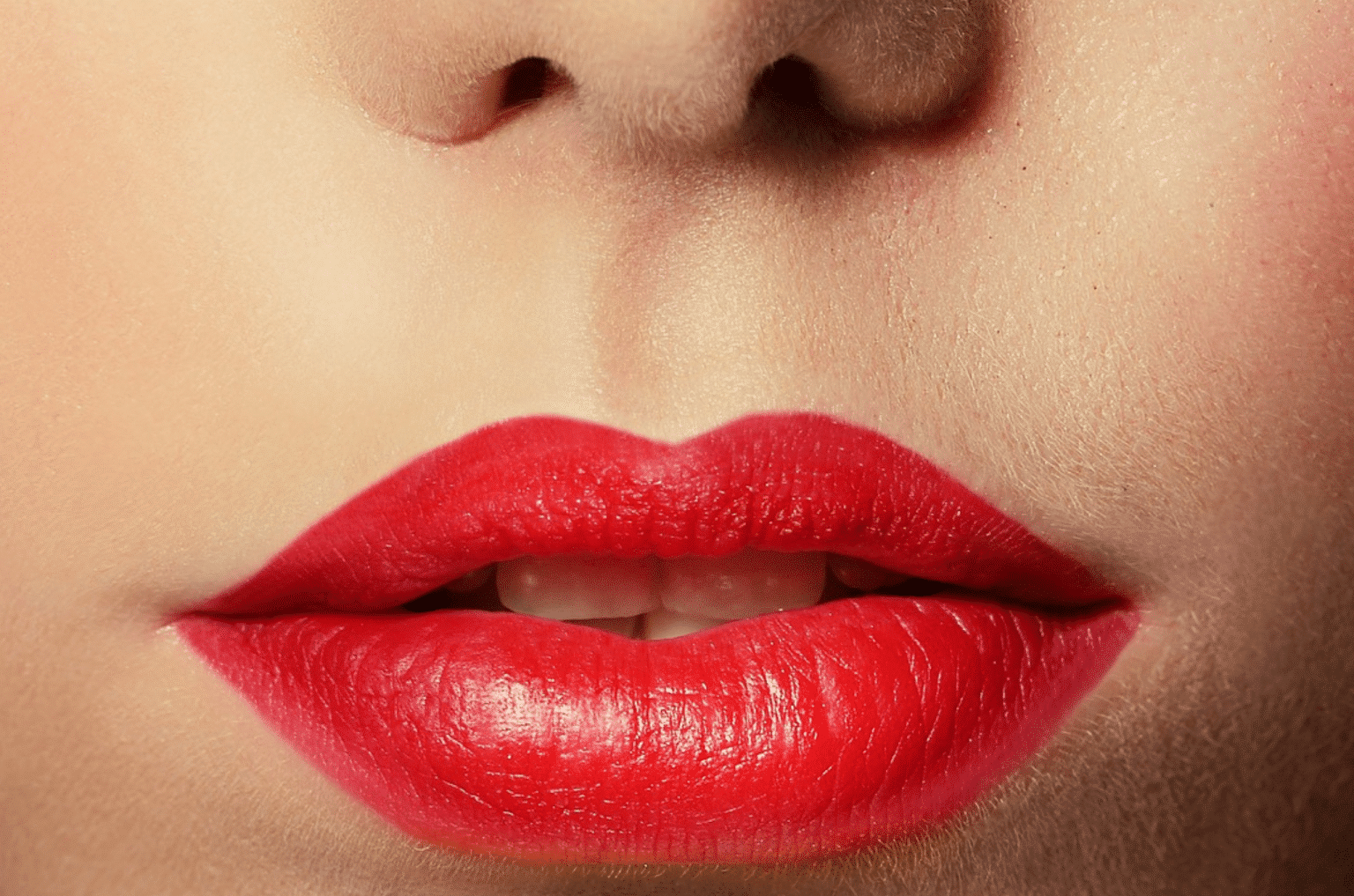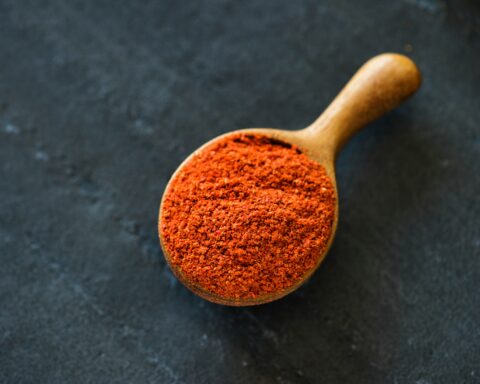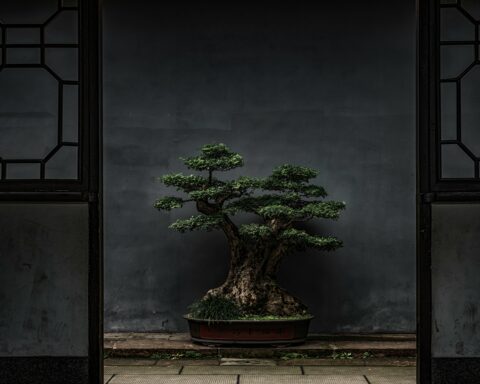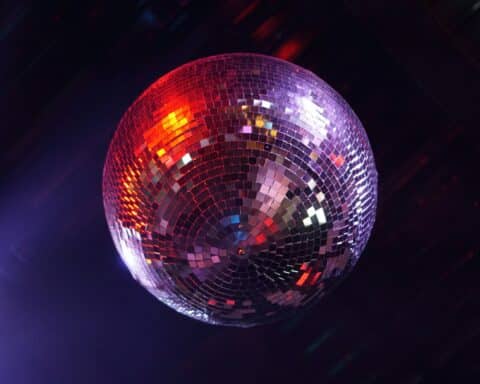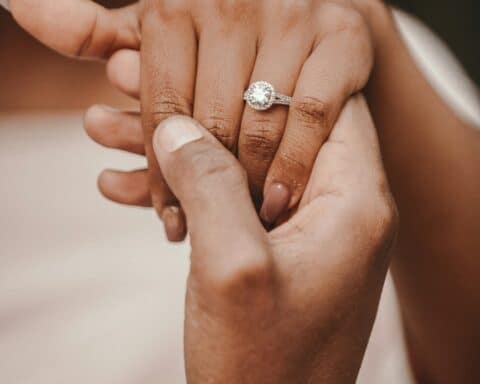An ally of femininity and France’s favorite make-up, it is estimated that between 800 and 900 million red lipsticks are sold worldwide every year, equivalent to 27 tubes per second. The red stick is a symbol of vitality and endurance for a reason. Vermilion, magenta, blue or plum, lipstick has adapted to women’s changing lifestyles.
A marker of its time, each color refers to a specific era and a more or less erotic symbolism.
By turns an emblem of high nobility, a scarlet mark of sin and a symbol of resistance to oppression, it has become a staple of elegance and seduction.
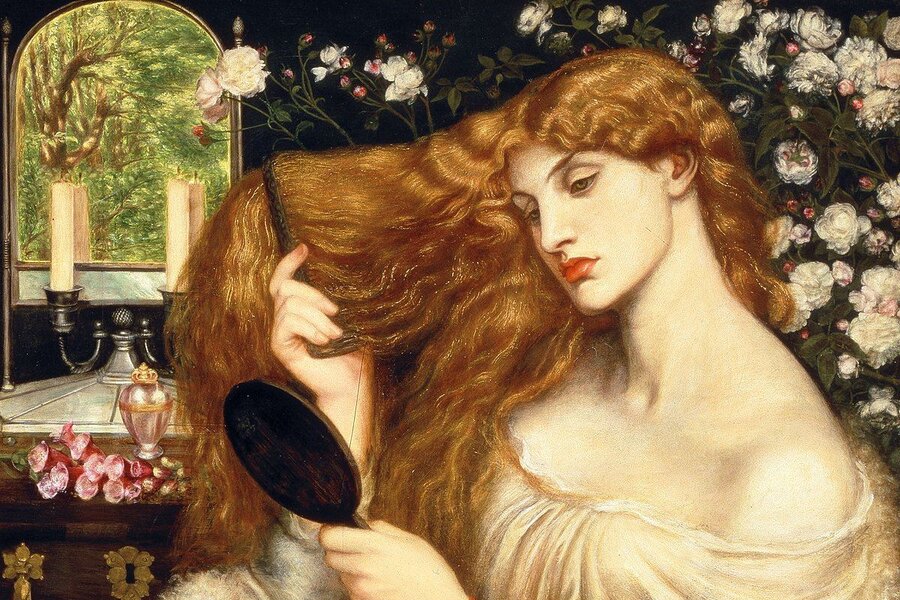
Since time immemorial, men and women have sought to distinguish and seduce each other through make-up. Hindus, for example, used betel very early on to darken their lips and teeth.
For a long time, this product was available for a few euros or dollars, but with the arrival of luxury brands such as Dior and Hermès, it has become a luxury item that can be purchased for up to $62,000 for Guerlain’s KissKiss Or et Diamant.
From royal court to Hollywood
Contrary to popular belief, the history of lipstick predates the Egyptians and dates back to the Sumerians.
Around 3500 BC, Queen Schub-Ad of the ancient city-state of Ur (modern-day Iraq) wore a mixture of white lead and crushed semi-precious stones.
In ancient Egypt, both men and women wore lipstick.
They opted for purplish hues made from seaweed, animal fat, plant remains and sometimes even the residue of ochre stones.
The Egyptians used a wet wooden stick to spread this mixture on their lips. It was customary for the wealthiest among them to be buried with two pots of lip color, which was a major element of pageantry.
Cleopatra was the first to create a customized lipstick based on cochineal insects and crushed ant eggs.

Not far from there, in Iran, make-up was applied using a mixture based on hematite (a natural stone) or even crushed red marble.
During the Renaissance and up to the Revolution, lipstick remained the preserve of the nobility and aristocracy. The depth of the tint not only identified an individual’s rank at Versailles, but also highlighted the extreme paleness of their complexion.
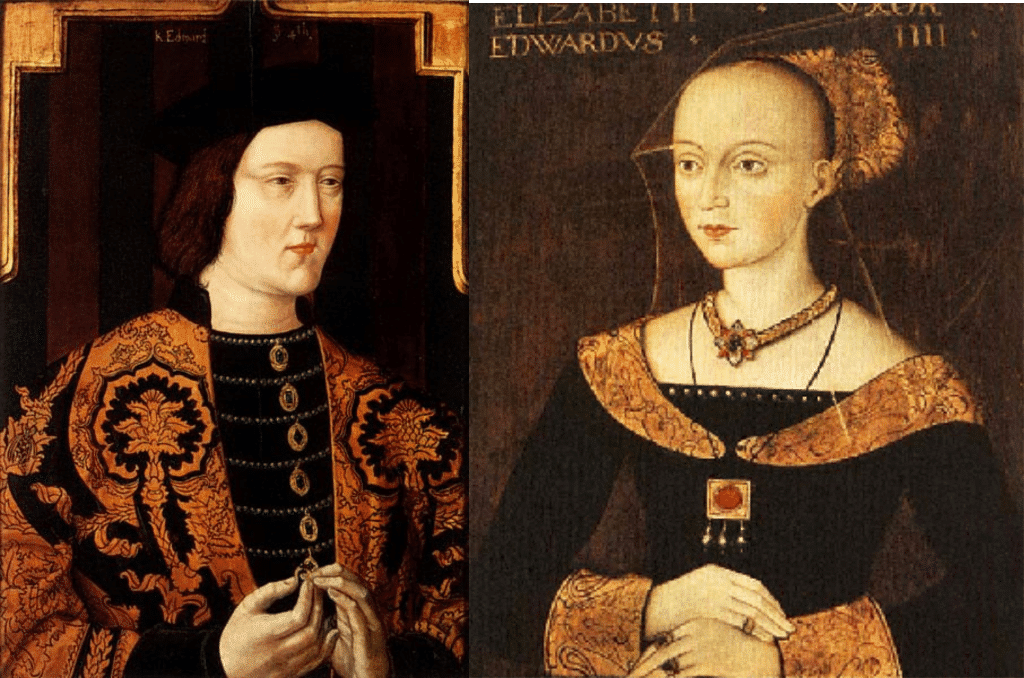
After the First World War, crinolines and train dresses disappeared, while hair was shortened for sea bathing and sport. The emerging “flapper girl” was also a great fan of red, which she combined with smoky eyes.
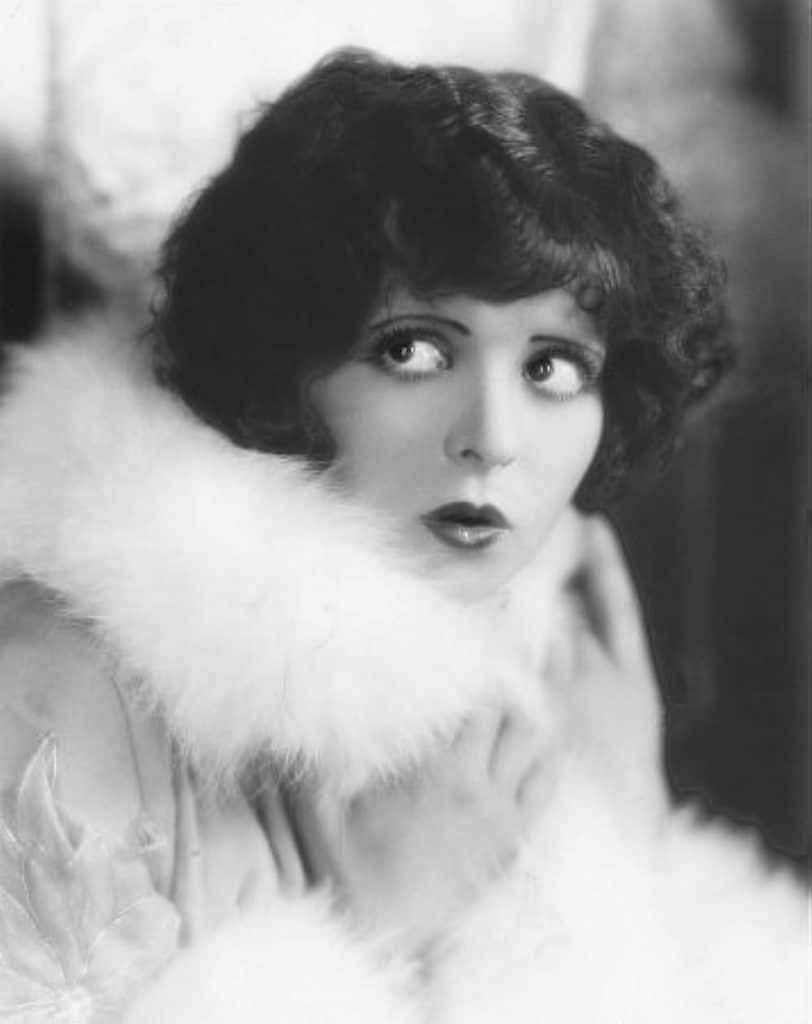
The development of the film industry encouraged the use of bright reds from the 1910s onwards.
The 1930s to 1950s were the golden age of lipstick.
From then on, Hollywood took hold of the phenomenon. Max Factor, the cinema’s professional make-up artist, invented the lip gloss in 1930. Transparent and shiny, it is made from a petroleum base to give lips a glossy, moist appearance.
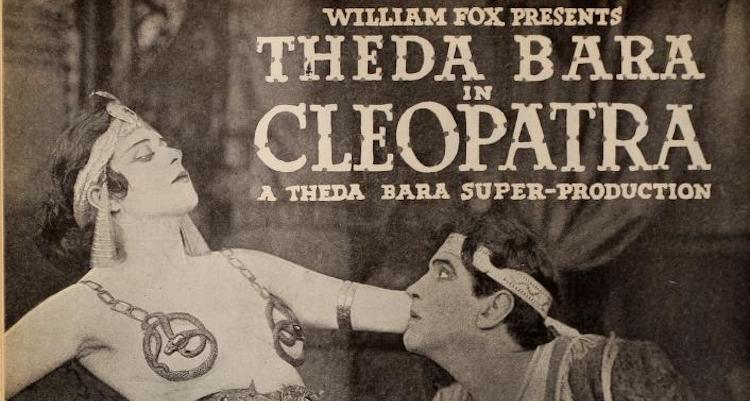
For Theda Bara in J. Gordon Edwards’ film Cleopatra (1917), Max Factor invented the image of the vamp, a femme fatale covered in khol and lipstick. Flapper girls adopted the red and plum hues of film icons like Louise Brooks, while other women opted for more subtle colors like tangerine.
Max Factor then signed the looks of actresses Jean Harlow, Clara Bow and Joan Crawford.
By 1948, over 90% of American women were wearing red on a daily basis.
By the 1950s, advertising was showing a much more sexualized image of women, again with their lips always plumped up.
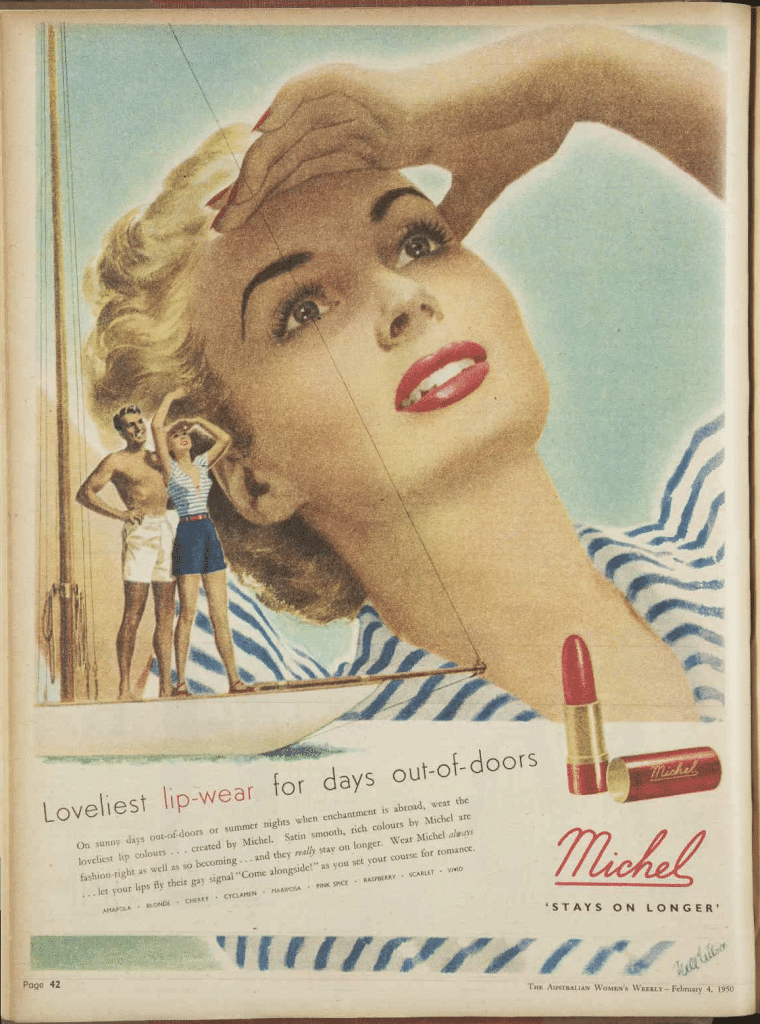
Later, actresses like Marilyn Monroe, Ava Gardner and Elizabeth Taylor liberated Europeans with ever more sensual mouths. Marilyn never left her Guerlain Diabolique lipstick, now marketed under the name Insolence de rouge in the Kiss Kiss range.
Declining in popularity in the 1970s, lipstick reappeared in the 1980s with the disco movement, shinier and glossier than ever. Stars like Debbie Harry of the group Blondie and Madonna with her Russian Red by M.A.C. made it their trademark.
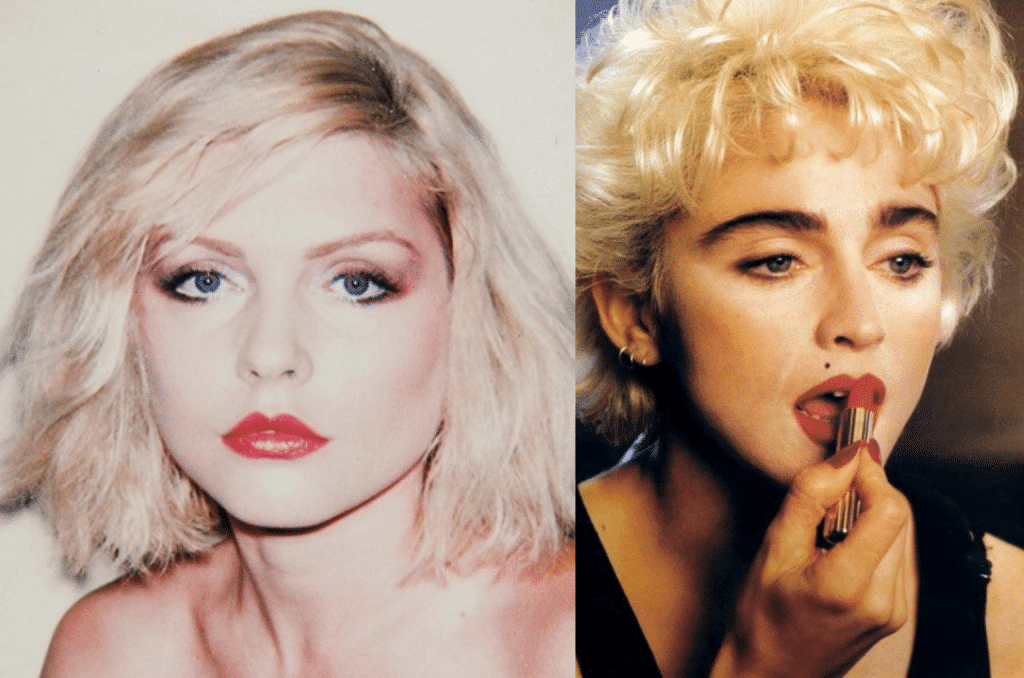
In the 1990s, lipstick became an essential part of the supermodel arsenal. At the time, it was very common to highlight lip color as well as to define it with a darker pencil. At the same time, customers began to look for healthier products, foreshadowing the Clean Beauty movement.
In the 2000s, lip gloss came back into fashion with stars like Britney Spears and Paris Hilton.
More recently, pop singers such as Taylor Swift and Katy Perry, supermodel Kendall Jenner and stripper Dita Von Teese remain irrevocably associated with lipstick. In France, artists such as Izia and Hollysiz have adopted scarlet lips.
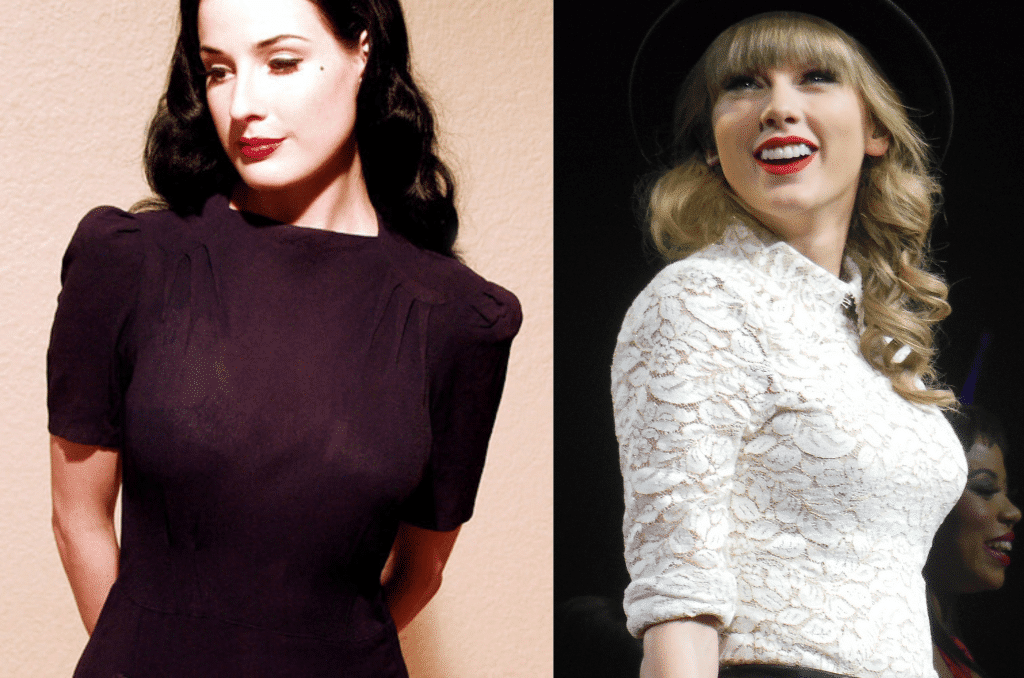
It wasn’t until 2017, spurred on by Rihanna and her inclusive beauty brand Fenty Beauty, that brands sought to address all skin tones.
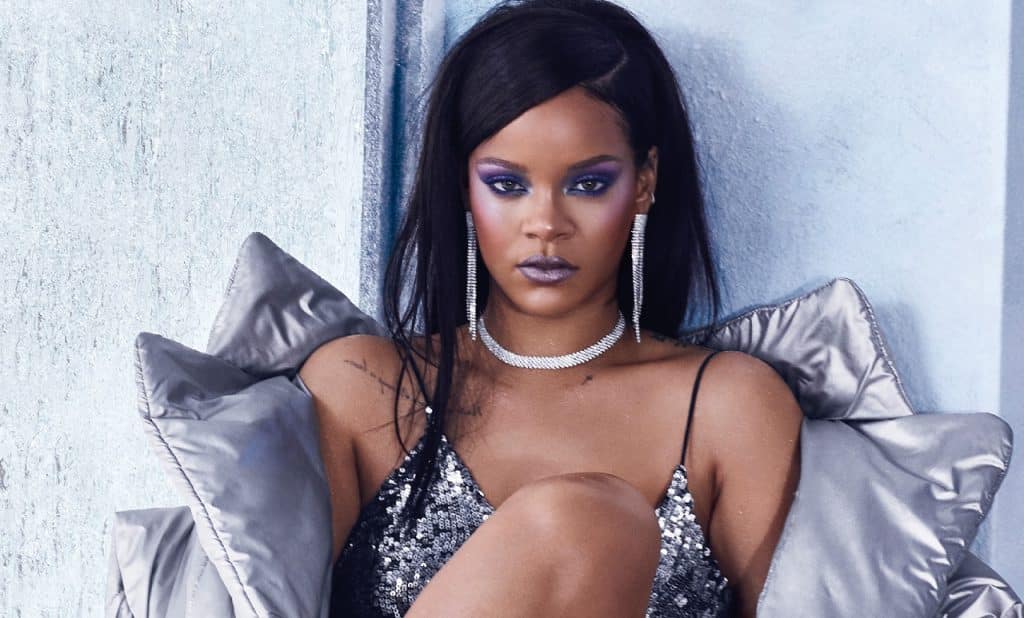
An object of empowerment and a bravado against religious morality
In ancient Greece, lipstick – obtained from crushed blackberries – soon became associated with prostitutes. Prostitutes were obliged to wear lipstick in public, so as to be better identified in the city. Root oil, wine spirit and a powder derived from mercury were used to obtain a bright red-orange hue, known as vermilion.
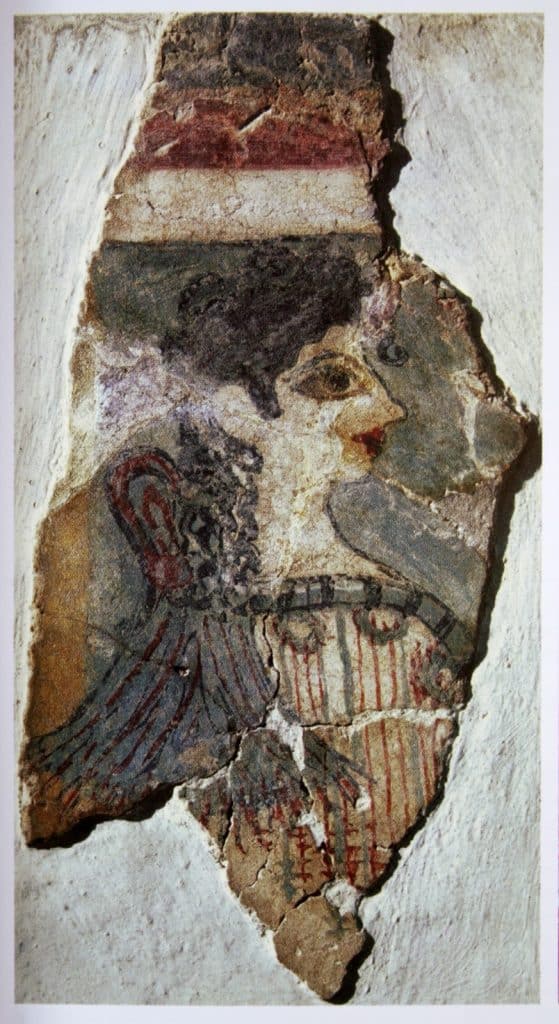
In the Middle Ages, red lips were seen as a symbol of Satan and condemned by the Catholic Church.
An avid red-lipper on stage and off, Elizabeth I of England contributed to a resurgence in its popularity at court in the 16th century. In the long term, however, this infatuation proved fatal. On the Queen’s deathbed, a 1 cm thick layer of red was found on her lips.
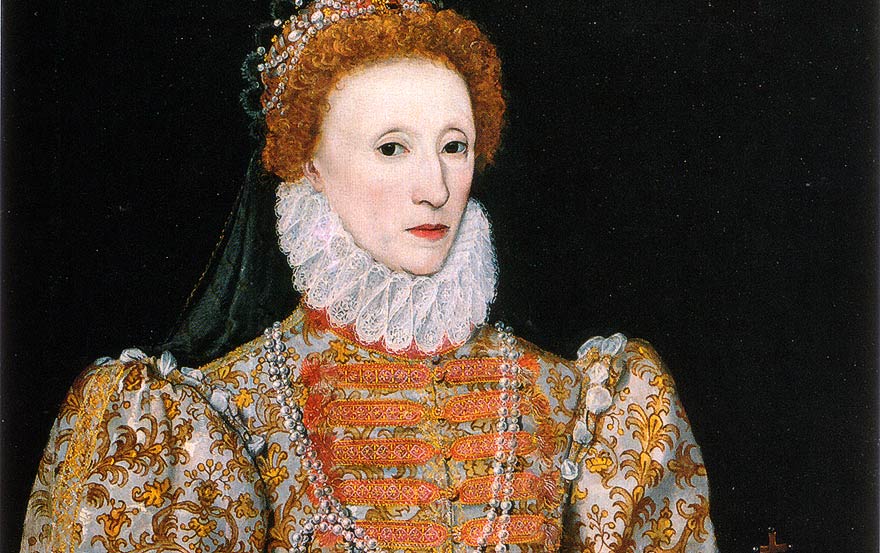
In Russia, Catherine the Great refused to compromise herself by painting her lips red, reportedly asking her servants to nibble them lightly to create the illusion!
In 1770, red had such a bad reputation in England that a bill was proposed to allow a marriage to be annulled if a man could prove that he had been seduced by a woman wearing make-up.
Until the 19th century, the wearing of lipstick was mainly reserved for girls of bad character and actresses.
Queen Victoria considered it particularly impolite for a woman to wear lipstick. Lipstick lost ground.
At the beginning of the 20th century, the first representative of the star system, actress Sarah Bernhardt, caused a scandal by applying a crimson line to her lips in public. Lipstick became acceptable off-stage. The actress was so attached to the practice that she named her favorite lipstick tube the “love pen”.
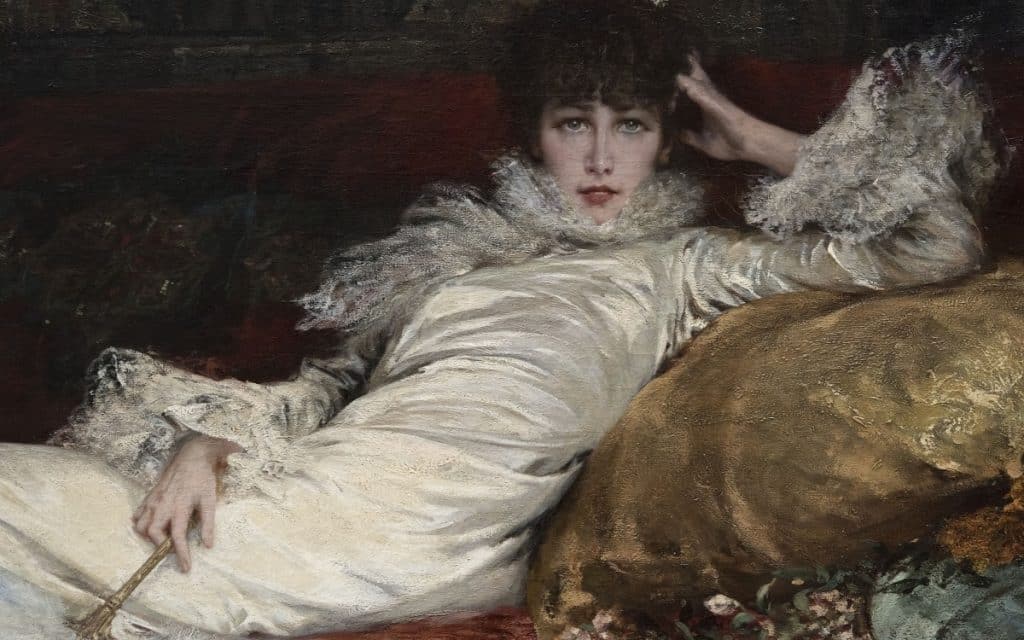
Red is said to attract the eye, with one study claiming that a man will look at a woman seven seconds longer than one who isn’t wearing it. In this respect, the pigment stick is a solid visibility asset.
In 1912, suffragettes demanding the right to vote chose lipstick as a rallying cry for emancipation, Elizabeth Arden being one of the few women entrepreneurs. As a sign of support for the movement, she launches a “Red Door Red” model. Lipstick enters the political arena.
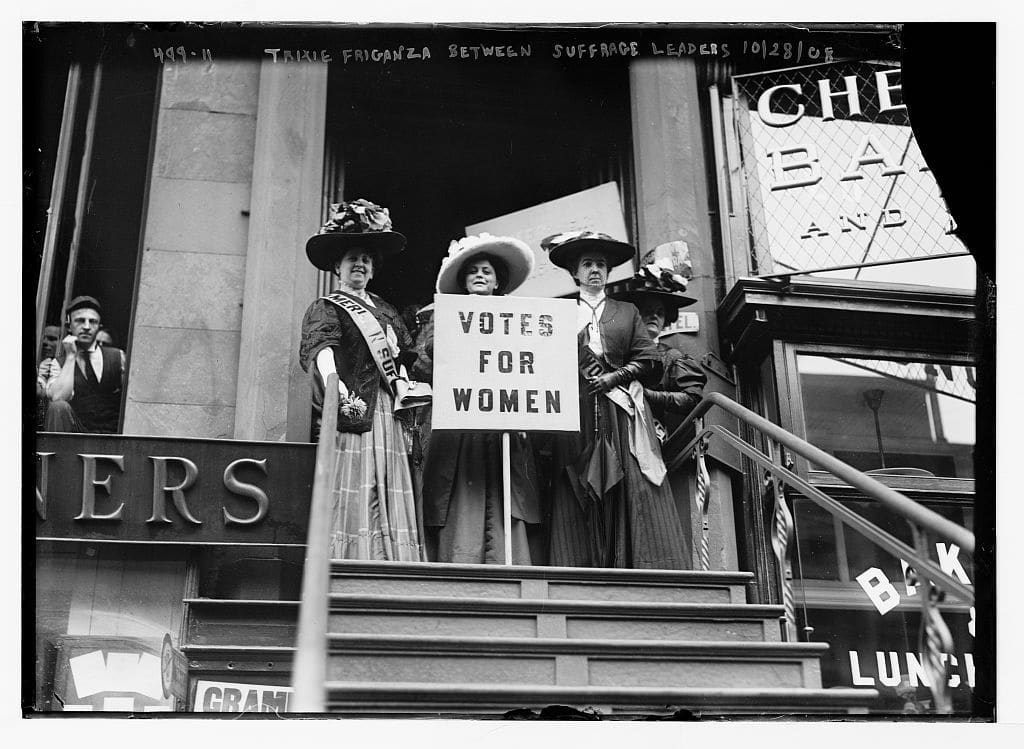
During the Second World War, lipstick became a patriotic symbol against Nazi oppression. The Allies had the idea of exploiting Adolf Hitler’s detestation of “painted women” by featuring women wearing lipstick in their propaganda images. A war effort that also found its way into arms factories, where female workers were encouraged to wear lipstick in the workplace.
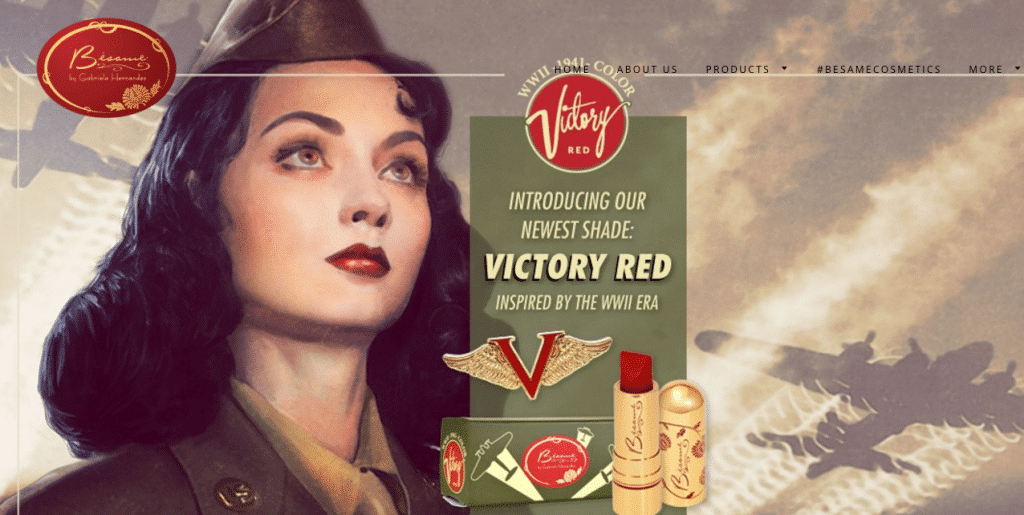
Elizabeth Arden then launched shades with apt names like “Fighting Red” and “Victory Red”. “Montezuma Red” even became part of the official uniform of the Marine Corps Women’s Reserve.
Winston Churchill chose not to ration lipstick, a symbol of femininity and continuity in uncertain times. A note from the Ministry of Supply emphasized that “cosmetics are as essential to a woman as a reasonable quantity of tobacco is to a man”.
From the 1950s to 2010, the pigment stick was first applied to seduce men, but its practice has evolved to the point where it has become a symbol of self-esteem.
A revolutionary innovation
Red as we know it first appeared at the end of the 19th century, under the reign of Napoleon III. Initially in liquid form, it gave way to solid red at the end of the First World War.
The reds were tinted with grape must – both very red and very black – mixed with beeswax. Guerlain was one of the first to market tubes of lipstick as early as 1870. Following in the footsteps of his cousin, a candle-maker, Pierre-François Guerlain had the idea of making a colorant by decoction in a candle. Under the gentle name of “Ne m’oubliez pas”, it was a lipstick pomade formulated from grapefruit extract mixed with deer tallow, beeswax and castor oil. Fleur de rose liquid lipstick was also reintroduced at this time.

With advances in chemistry during the First World War, synthetic lipsticks appeared, offering a less dense, more natural look.
Until the First World War, lipsticks, made from shades of carmine, a red colorant derived from cochineal beetles, were kept in small jars or sticks wrapped in paper.
The new-found popularity of lipstick led to a change in packaging, with the brush replaced by the famous “push-up” tube.
In 1915, the American Maurice Lévy and the Scovill Manufacturing Company created the “Lévy tube”, a metal lipstick tube with a sliding system. However, he failed to register an official patent.
In the end, it was American William Kendall, who made metal cases for brands such as Rigo and Marie Gardère, who filed the first patent in the United States. However, Kendall was inspired by earlier innovations, in particular the metal-tube lip salves made by Vinolia Lypsyl (1890) and Bourjois cosmetic pencils (1898).
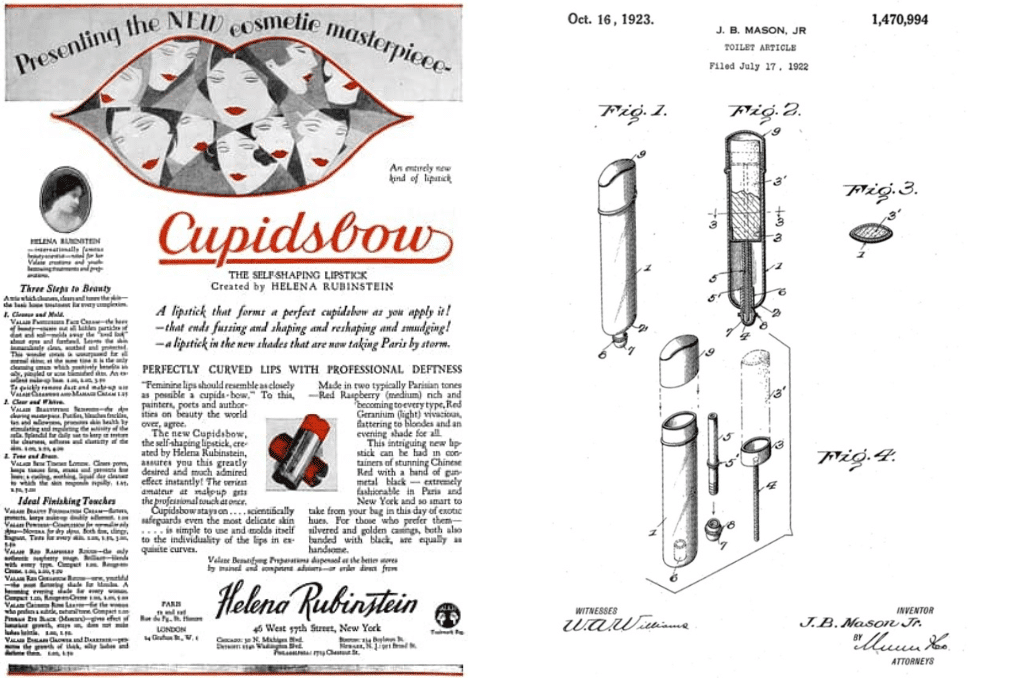
In the 1920s, Helena Rubinstein introduced the “cupid’s bow” lipstick applicator, an innovation that finally allowed lips to be shaped to fit the lips.
In 1923, James Bruce Mason developed the first “swive up” tube. By turning the bottom of the tube clockwise or anti-clockwise, the red moves up and down the tube.
It was from this point onwards that the great luxury houses such as Chanel and Estée Lauder gave in to this weapon of mass seduction.
Until the 1940s, red textures were particularly ephemeral.
It wasn’t until the American chemist Hazel Bishop developed a kiss-proof red in New York in the 1950s.
The 1960s saw the development of a wide range of pop colors, taking in all the diversity of the rainbow.
A beauty essential and an economic watchdog
Today, lipstick is the spearhead of the cosmetics industry and the epitome of affordable luxury.
For Estée Lauder’s son, board member and inventor of the “lipstick index” during the 2001 recession, the tube of red is also an incredible harbinger of crises.
In fact, Leonard Lauder had noticed that during periods of economic crisis, lipstick sales tend to rise disproportionately, with customers wanting to compensate for stress by treating themselves to a little luxury like a lipstick.
This phenomenon was confirmed in the aftermath of the World Trade Center bombing and during the 2008 financial crisis. During the latter event, the l’Oréal group reported a +5.3% increase in sales of its make-up products.
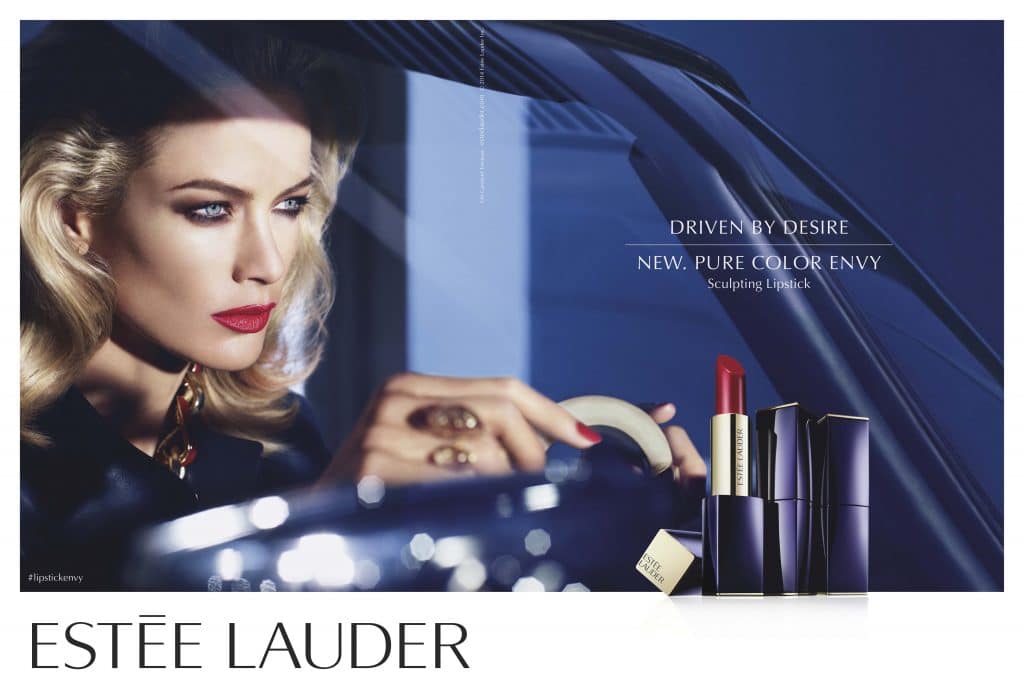
However, the model is not infallible.
With the COVID crisis, lipstick sales should have soared. But this was without taking into account the successive confinements and suppression of public performance moments, which instead encouraged customers – particularly among Gen Z – to adopt the “no make up” approach advocated by artists such as Alicia Keys.
The phenomenon continued with the wearing of masks, hitting tube sales hard.
Only when health restrictions were lifted did sales pick up again.
Realizing that price is less important than staying power and comfort, many luxury brands have been bringing out their top-of-the-range lipsticks in recent years, with prices ranging from Dior’s $500 to Guerlain’s $50,000.
A welcome move, since sales of top-of-the-range lipsticks soared by 35% when the mask came off.
Since then, lipstick has returned to the hearts of customers with brighter, less conventional colors like blue, with de likes of Rihanna and Rita Ora.
The little tube has also given rise to numerous trends on social networks, such as Diamond lipstick. A hashtag created by influencer Eva Lalosa has generated over 4 million views.
These diamond lips are achieved with a lip gloss or lip balm complemented by glitter or shimmer, or even crystals or adhesive rhinestones.
Sultry or seductive, feminist or patriarchal, lipstick is still turning heads. One study revealed that an American woman would spend $3,500 on lipstick in her lifetime.
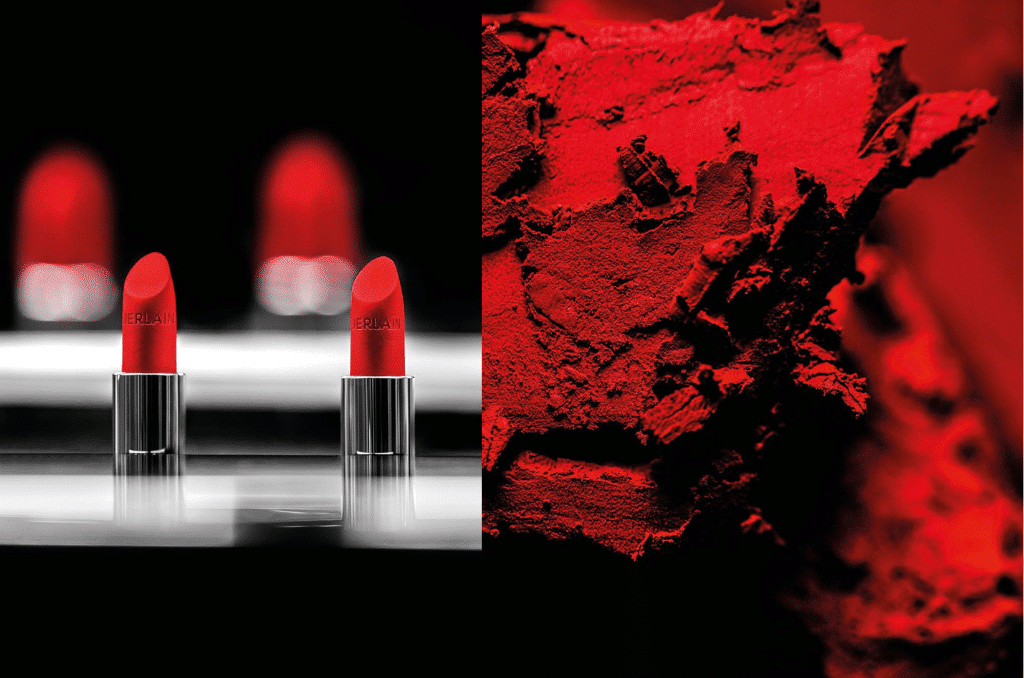
Read also >BEYONCÉ VS TAYLOR SWIFT: A TOURING DUEL AT THE SUMMIT
Featured photo : © Press




